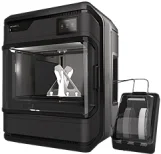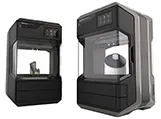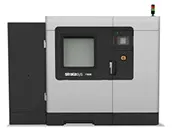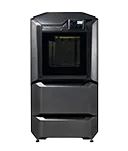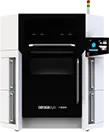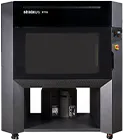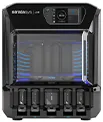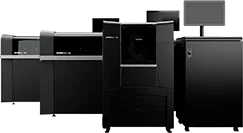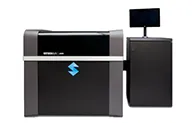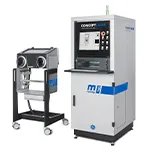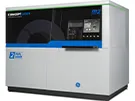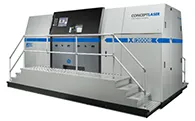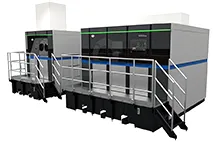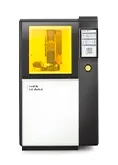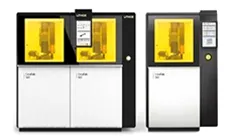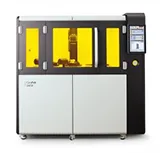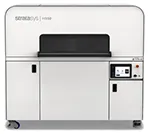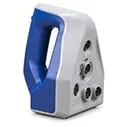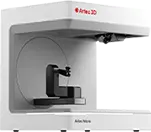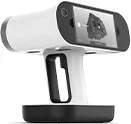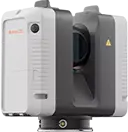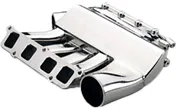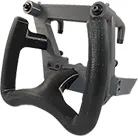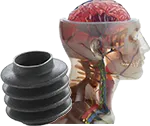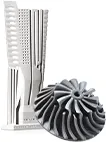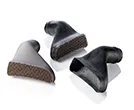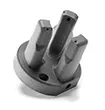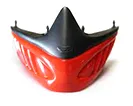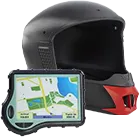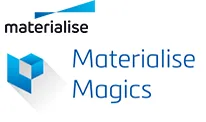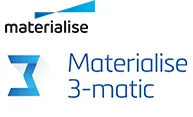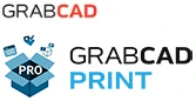3D scanning is a rapidly growing field, capturing the attention of numerous industries with its ability to create accurate, high-resolution digital models from physical objects. Whether used for reverse engineering, quality control, or digital archiving, 3D scanning technologies offer various applications and benefits across various sectors.
As Australia and New Zealand’s leading provider of Stratasys, GE Additive, Lithoz, and Artec 3D Printer and 3D Scanner Solutions, Objective3D is dedicated to keeping businesses up-to-date with the latest advancements in 3D scanning technology and ensuring they have access to the most effective and efficient solutions on the market.
In this thorough guide, we will provide an in-depth look at 3D scanning technologies, exploring the different methods available, their applications, and the future of the industry. This comprehensive resource aims to provide a solid foundation for understanding the fundamentals of 3D scanning, as well as highlighting how Objective3D’s state-of-the-art solutions and expert advice can help businesses succeed in implementing this cutting-edge technology.
From automotive and aerospace to architecture, cultural heritage, and healthcare, the applications of 3D scanning technology are vast and varied. By understanding the capabilities, limitations, and developments of 3D scanning, businesses can better position themselves to take advantage of this incredibly versatile and powerful technology, providing them with a competitive edge in the ever-evolving digital landscape.
A Comprehensive Guide to 3D Scanning: Technologies, Applications, and Industry Trends
1. Understanding 3D Scanning: The Basics
3D scanning is a process that captures the shape, geometry, and often the texture of physical objects, creating a digital representation that can be manipulated, analysed, and reproduced using computer-aided design (CAD) and 3D printing technologies. The resulting digital model, often referred to as a 3D point cloud or mesh, is an accurate and detailed representation of the scanned object, opening a world of possibilities in industries such as engineering, manufacturing, art, and entertainment.
There are several methods of 3D scanning, each with its advantages, limitations, and ideal applications. These technologies use different principles and technologies to acquire data points, but they all share the same underlying goal: to convert physical objects into digital form with precision and accuracy.
2. Types of 3D Scanning Technologies
There are numerous 3D scanning technologies available today, each suited to specific applications and industries. Some of the most common types of 3D scanning techniques include:
Laser Scanning: Laser scanners emit a beam of light and measure the time it takes for the light to bounce back from the scanned surface. This method can be used for long-range scanning, making it suitable for applications such as architecture and topography.
Structured Light Scanning: Structured light scanners project a pattern of light onto an object and use sensors or cameras to capture the reflection. This technique offers high-resolution scans and is often used in metrology and quality control processes.
Photogrammetry: Photogrammetry involves taking multiple photos of an object from different angles and using sophisticated algorithms to stitch them together into a 3D model. This method is particularly popular in cultural heritage preservation, as it can produce high-quality models without the need for physical contact with delicate artifacts.
Terrestrial Laser Scanning (LIDAR): LIDAR (Light Detection and Ranging) technology uses laser light to measure distances and generate 3D point clouds. Commonly used for land surveying, aerial mapping, and environmental analysis, LIDAR offers high accuracy and long-range capabilities.
3. Key Applications of 3D Scanning Across Industries
The incredible versatility and precision of 3D scanning technologies have led to a wide range of applications across various industries. Some key sectors benefiting from 3D scanning include:
Manufacturing and Engineering: 3D scanning plays a crucial role in streamlining production processes, utilising reverse engineering to generate CAD models for design improvement, or helping with quality control by comparing as-built models to CAD designs.
Aerospace and Automotive: In these highly competitive industries, 3D scanning is used for rapid prototyping, part inspection, component design, and tool development, resulting in shorter production times, reduced costs, and increased safety standards.
Architecture and Construction: With the ability to create accurate and detailed 3D models of buildings and infrastructure, 3D scanning has become an essential tool in modern architectural practice, helping with efficient planning, structural analysis, and project coordination.
Healthcare and Medical: From creating custom prosthetics and orthotics to generating patient-specific surgical guides and improving medical imaging, 3D scanning technology is transforming the healthcare industry by offering personalised solutions and cutting-edge diagnostic tools.
4. The Future of 3D Scanning and Industry Trends
As 3D scanning technology continues to evolve, it is poised to shape the future of many industries. Some current trends and potential advancements include:
Portability and Accessibility: The development of more compact, user-friendly, and affordable 3D scanning solutions is making this technology increasingly available to businesses of all sizes and specialisations.
Integration and Automation: Seamless integration between 3D scanning and other digital processes, such as CAD, augmented reality (AR), and artificial intelligence (AI), will help further streamline and automate workflows across industries.
Real-Time Scanning and Analysis: Advances in data processing speeds and scanning techniques will enable real-time 3D scanning and analysis, opening up new possibilities in remote inspection, telepresence, and real-time collaboration.
5. Objective3D’s 3D Scanning Solutions and Expertise
As Australia and New Zealand’s leading provider of 3D Printer and 3D Scanner Solutions, Objective3D offers an extensive range of cutting-edge technologies, supported by expert advice and unrivalled customer support. Whether you are seeking a robust solution for industrial applications or a user-friendly system for rapid prototyping, Objective3D has the experience and knowledge required to help you find the perfect 3D scanning solution for your business.
Unlock the Potential of 3D Scanning with Objective3D
As the demand for digital solutions continues to grow, businesses across various industries can benefit immensely from incorporating 3D scanning technologies into their workflows. With a thorough understanding of the different methods, applications, and future trends, companies can make more informed decisions when it comes to adopting 3D scanning technology.
Partner with Objective3D, a trusted provider of world-class 3D Printer and 3D Scanner Solutions, to ensure your business is equipped with the right tools, expert advice, and unparalleled support needed to excel in the rapidly evolving world of 3D scanning.
Ready to unlock the potential of 3D scanning for your business? Contact Objective3D today, and our team of experts will help you find the perfect 3D scanning solution tailored to your unique needs.

